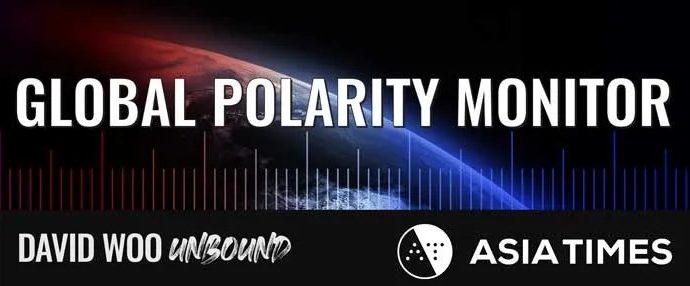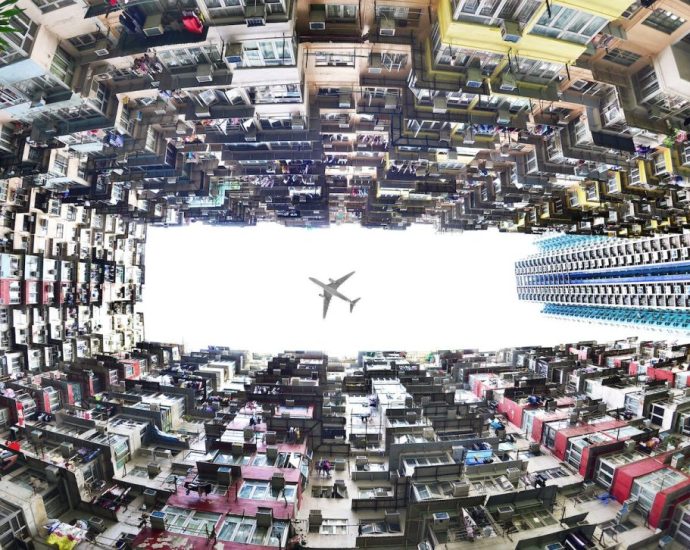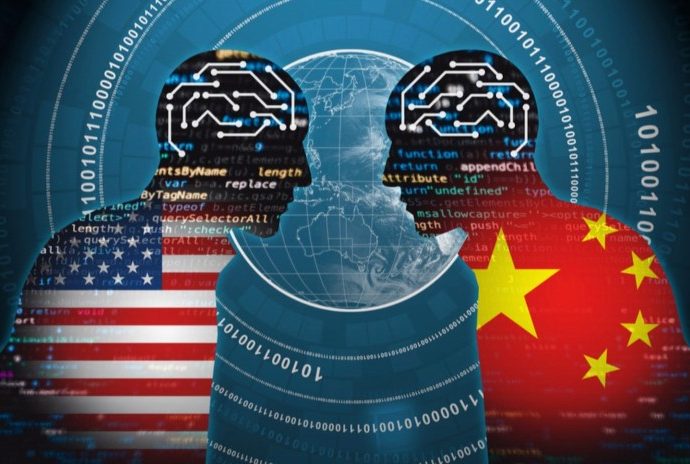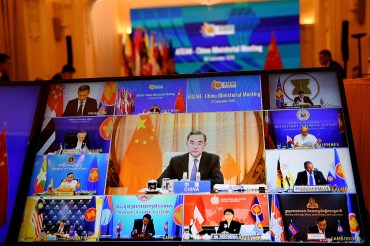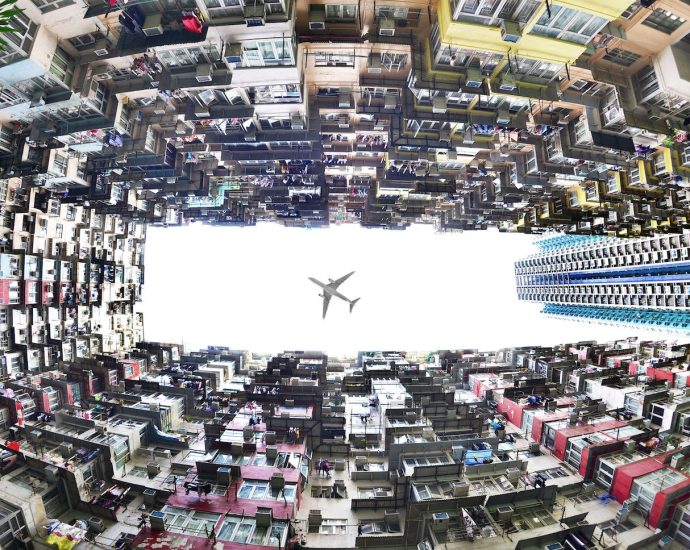Chinaâs economic recovery faces deflationary risks
China’s consumer prices declined again in October after the last contraction in July, adding to expectations the country needs to boost its economy with new monetary and fiscal measures.
The consumer price index (CPI) fell 0.2% last month from a year earlier and dropped 0.1% from September, the National Bureau of Statistics (NBS) said Thursday. The decline was caused mainly by falling food prices, it said.
In July, the figure decreased 0.3% year-on-year, the first decline since February 2021. It returned to a 0.1% growth in August but was flat in September.
“The month-on-month growth of food prices was negative 0.8% in October, compared with a 0.3% growth in September. This caused the CPI to fall last month,” Dong Lijuan, chief statistician of the City Department of the NBS, said in a statement. “This is because most regions in the country had good weather in October, resulting in a sufficient supply of agricultural products.”
Dong said prices of fresh food including eggs, pork, vegetables and aquaculture products fell after the National Day holidays, known as Golden Week, in early October. She said the falling pork prices in recent months had significantly dragged down the CPI.
Chen Guanghua, head of the animal husbandry and veterinary bureau at the Ministry of Agriculture and Rural Affairs, said the sufficient supply of pigs since late September has resulted in a 2% month-on-month decline in pork prices in October.
He said pork prices, which were down 30.1% last month from a year ago, will slightly rebound over the next couple of months but fall again in early 2024.
Meanwhile, China’s producer price index (PPI), which measures the costs for goods at the factory gate, decreased 2.6% year-on-year in October, compared with a 2.5% drop in September.
The NBS said the decline in China’s PPI was due to a high base in the same period of last year and price fluctuations of international crude oil and non-ferrous metals.
Bruce Pang, chief economist at Jones Lang Lasalle, said the latest CPI figure showed that combating persistent disinflation amid weak demand remains a challenge for Chinese policymakers.
“An appropriate policy mix and more supportive measures are needed to prevent the economy from a downward drift in inflation expectations that could threaten business confidence and household spending,” Pang said.
Slow economic recovery
China’s gross domestic product (GDP) showed growth figures of 4.5%, 6.3% and 4.9% in the first three quarters of this year, respectively. Some economists said the 6.3% growth in the second quarter was disappointing, as the comparison was to a low base a year earlier during Covid lockdowns in China.
Beijing has set an economic growth target of around 5% for 2023.
Yu Yongding, an economist and an academician of the Chinese Academy of Social Sciences, said China is having an insufficient demand in general and needs to use expansionary fiscal and monetary measures to stimulate its consumption, investment and exports.
“It is true that the miracle double-digit growth seen in the first 30 years of China’s opening-up has ended,” Yu said in a speech at a forum organized by Caixin on Thursday. “But this does not mean that China will be unable to maintain a relatively high economic growth rate, such as a 5 to 6%.”
At this moment, Yu said, the Chinese government should increase its fiscal deficit and invest more in infrastructure projects. He said such a policy would lead to an increase in loan demand and interest rates, which can then be suppressed with a loose monetary policy.
“The government should not be over-worried about having expansionary fiscal and monetary measures,” he said. “Many western developed countries are now facing a dilemma as they have to control inflation and avoid economic recession at the same time. We don’t have these problems. If we don’t take actions now, the windows for economic growth will be closed.”
Yu has long been a supporter of expansionary measures, which are similar to the quantitative easing in the US. He called on policymakers to gain experience from the four trillion yuan (US$549 billion) stimulus plan unveiled by then-Premier Wen Jiabao in 2008 and not be afraid of using such a measure again.
In 2008, after the US financial crisis broke out, China saw a significant drop in external demand. It then injected 4 trillion yuan of new money into the markets. However, a large part of the money entered the property markets and caused a huge asset bubble, which finally burst in 2021 and caused debt problems for many property developers, including Evergrande and Country Garden.
Due to the on-going property crisis, people tend to delay their home purchase plans. They also cut spending as they are making less money now than in the past.
In fact, the National People’s Congress on October 24 approved a motion that allows the central government to issue 1 trillion yuan of sovereign bonds and raise its budget deficit ratio from 3% to about 3.8% of GDP.
However, some economists said the 1 trillion yuan is only enough for local governments to pay the interest on their outstanding debt.
According to China’s Ministry of Finance, the outstanding amount of local government debt grew 15.1% to 35.06 trillion yuan at the end of last year from 30.47 trillion yuan a year earlier.
Read: Evergrande seen likelier to fall as chairman probed
Follow Jeff Pao on Twitter at @jeffpao3





